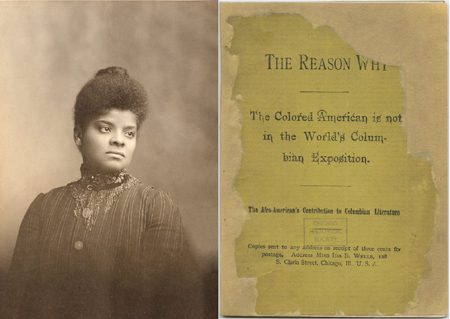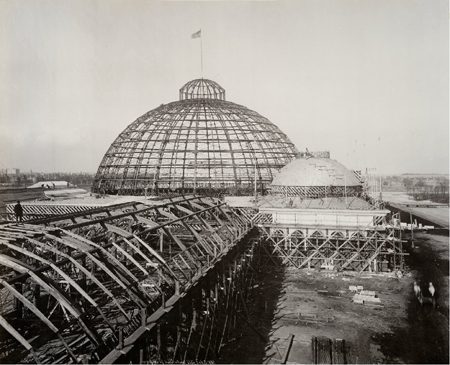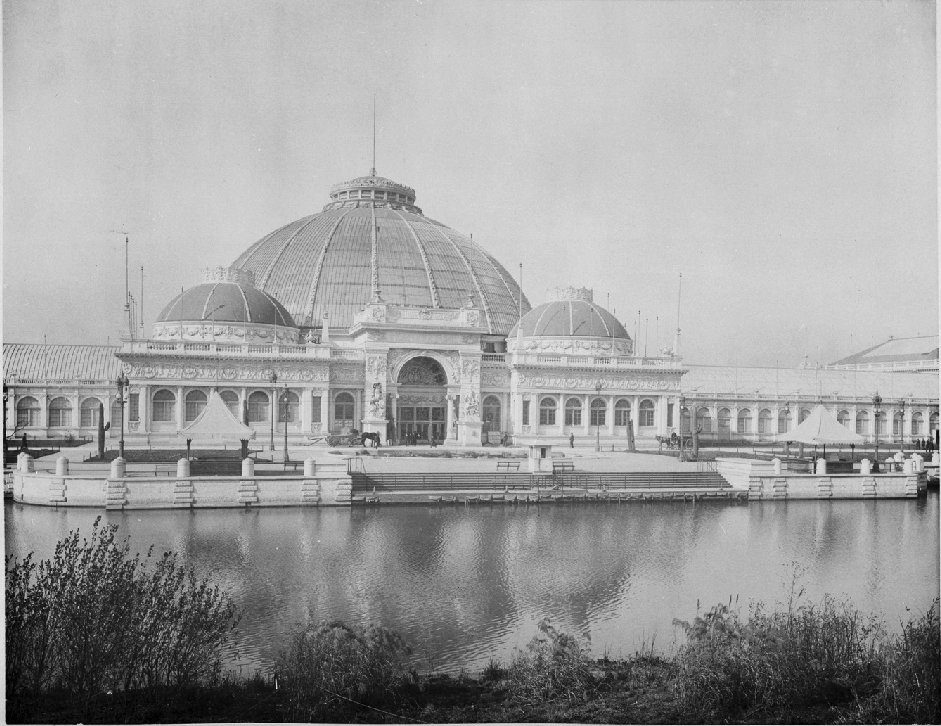CHM curator Petra Slinkard takes you through one of our recent gallery rotations, a practice that helps us preserve artifacts and refresh exhibitions.
The Chicago History Museum’s permanent exhibition Chicago: Crossroads of America is a 15,000-square-foot installation in the heart of the Museum dedicated to our city’s rich and complex past. It opened in September 2006 and contains a variety of objects and images that represent the range of Chicago’s history, from the days of fur trappers to the Cubs’ 2016 World Series win.
This summer, CHM staff made three major updates to refresh the Crossroads exhibition. Our first post about gallery rotations focused on the section about the 1933–34 world’s fair and this second post details the updates in the section on the 1893 world’s fair. For the section on the 1893 World’s Columbian Exposition, we rearranged the reading rail to expand on the work of activist and author Ida B. Wells and incorporate additional images of the fair.

Part of the new content on Ida B. Wells in Chicago: Crossroads of America. Photographs by CHM staff
Ida B. Wells-Barnett, known as Ida B. Wells, was an African American journalist, newspaper editor, suffragist, sociologist, feminist, and an early civil rights leader. She traveled to Chicago in 1893 to protest the blatant exclusion of her peers from the fair. A short film featuring excerpts from five newspaper reports, as well as excerpts from Wells’s 1893 pamphlet “The Reason Why The Colored American Is Not in the World’s Columbian Exposition” and Frederick Douglass’s speech at the contentious “Colored American Day,” which took place on August 25, 1893, is now embedded within the rail. The speeches are powerful and describe the frustration felt by many African Americans for their exclusion and for the fair planners’ negligence.
In addition to the new content on Wells and Douglass, we also incorporated more images that show a fuller extent of the fairgrounds’ magnificence. The main exposition buildings were decidedly neoclassical, lathered with plaster of paris, and painted a chalky white, which earned the fair the nickname of “White City.” To help our guests learn what it might have been like to be a visitor, we included two flip books featuring photographs of the exposition and additional text pertaining to the experience.


Top: The Horticultural Building under construction, Chicago, February 1892. Photograph by C. D. Arnold. CHM, ICHi-059982 Bottom: The completed Horticultural Building, Chicago, 1893. Photograph by William Henry Jackson. CHM, ICHi-017127
We hope you’ll visit soon to see these new additions and learn more about a momentous event in Chicago history that elevated the city in the eyes of the world.